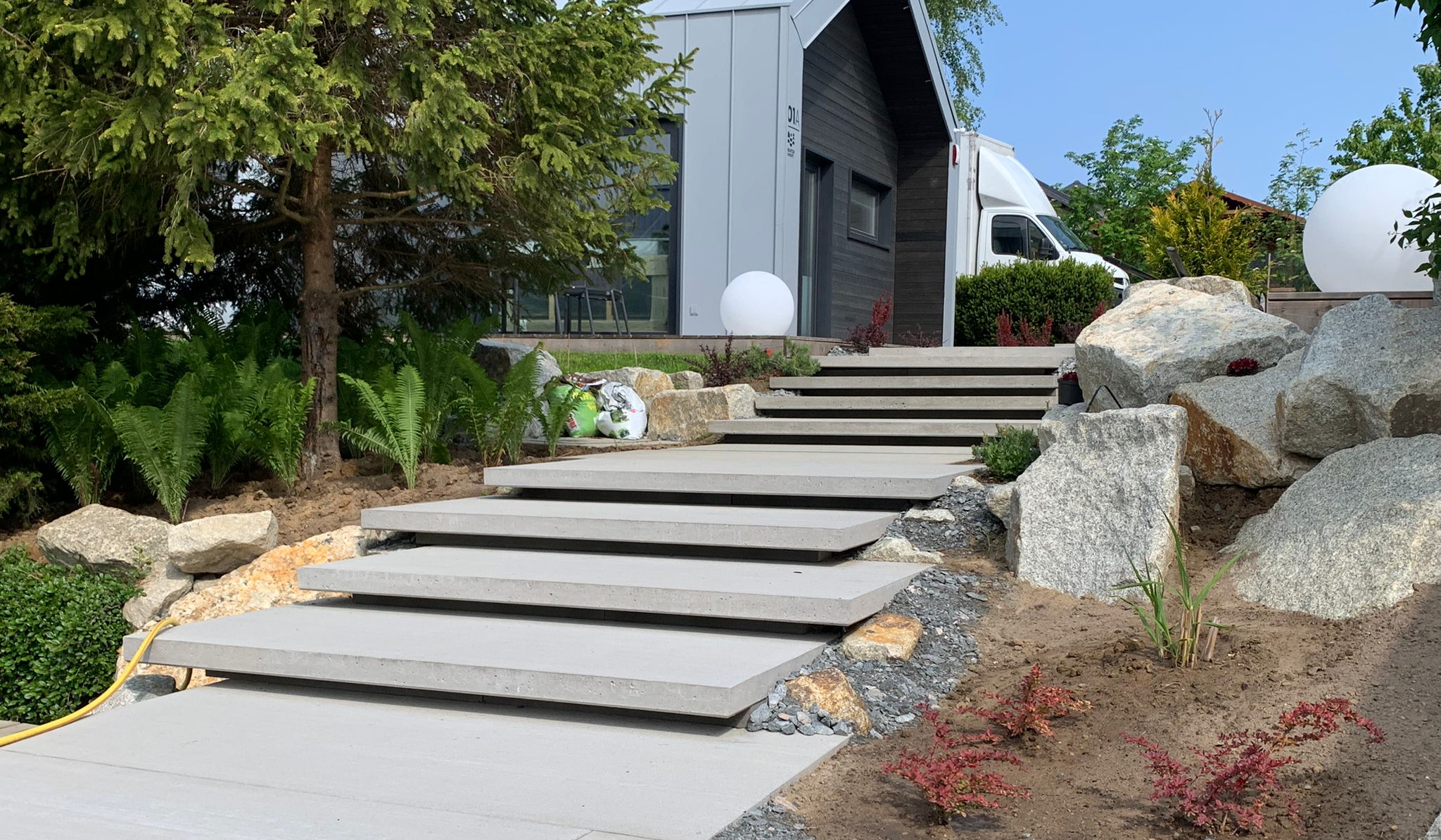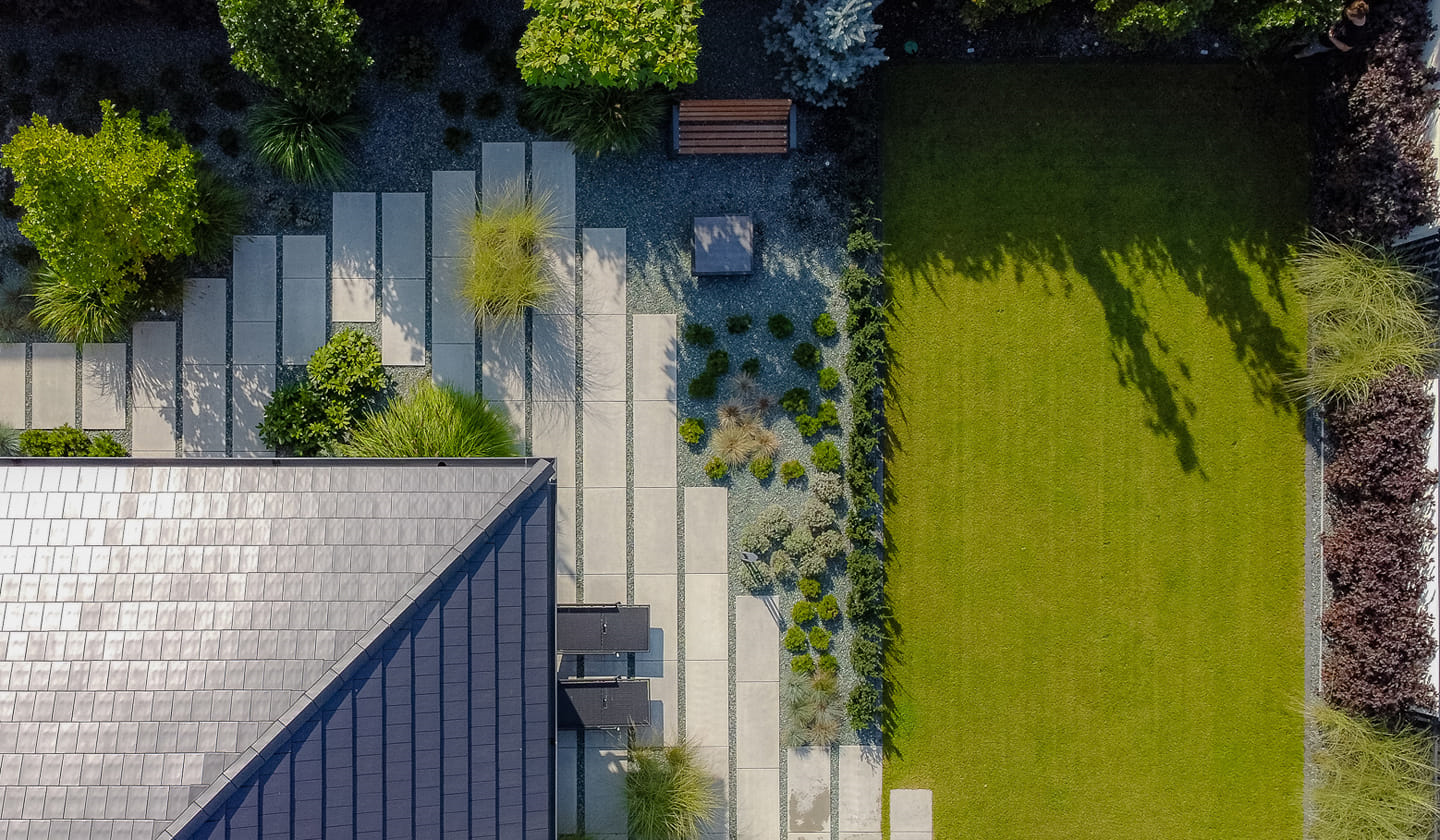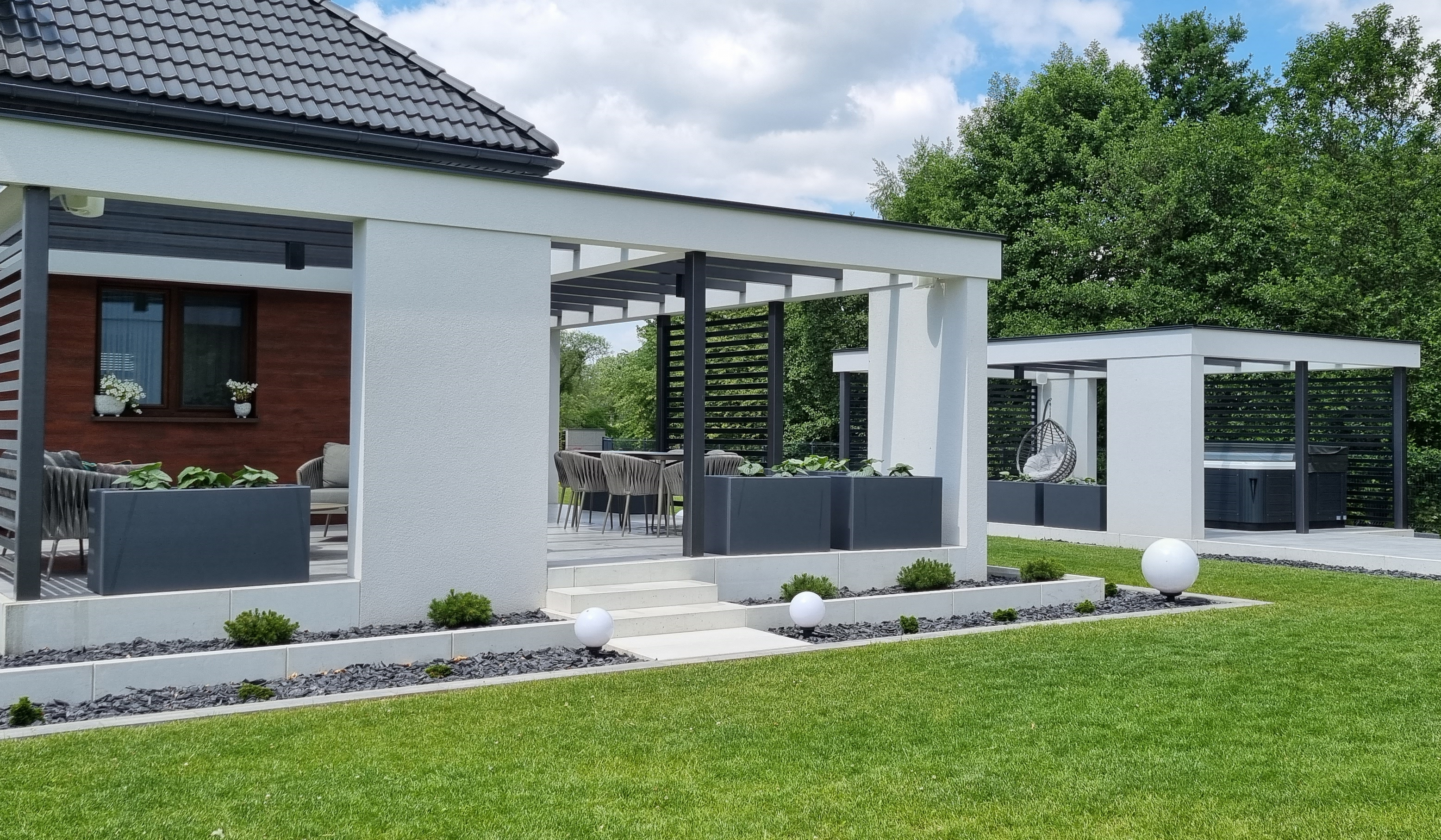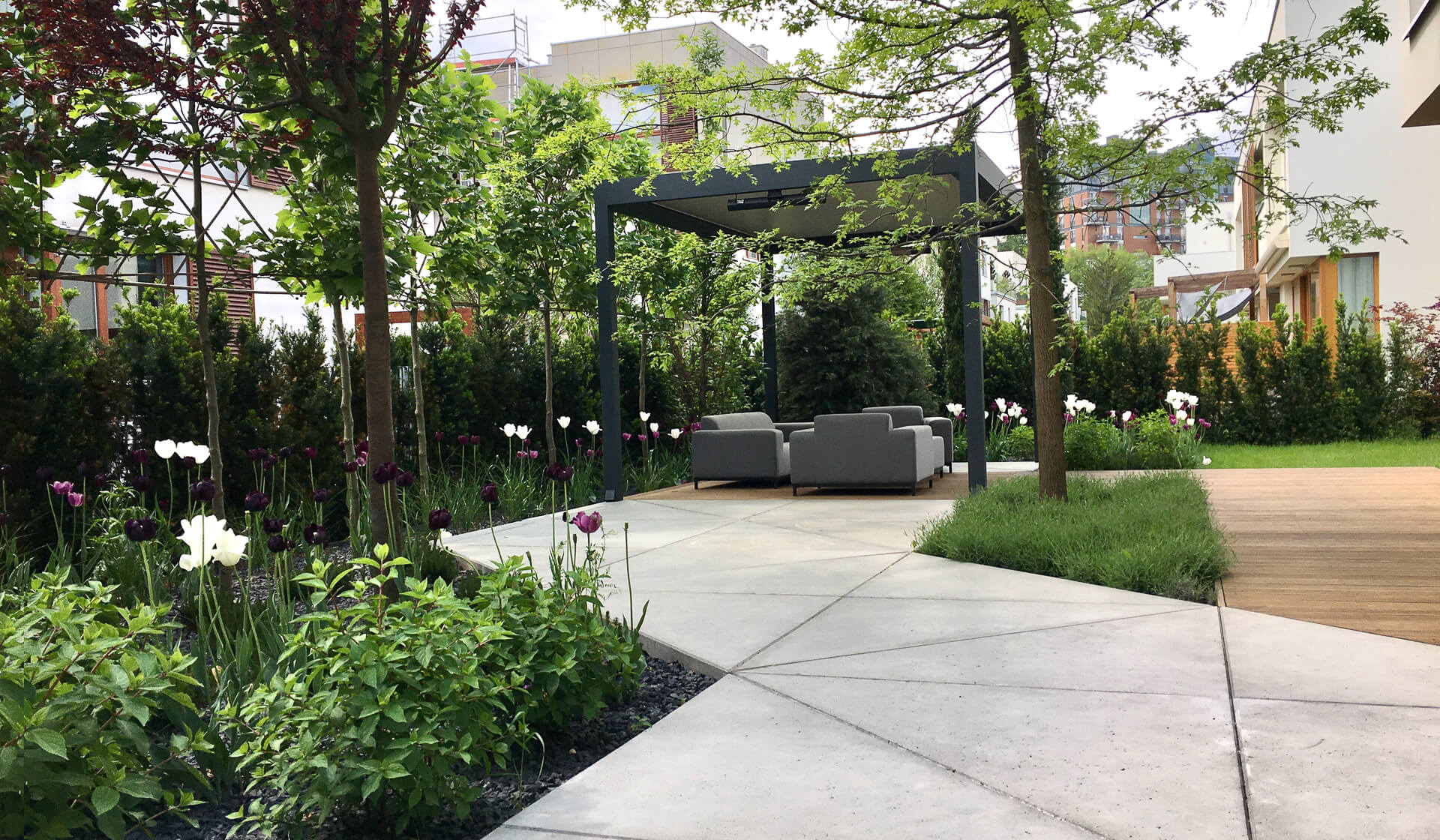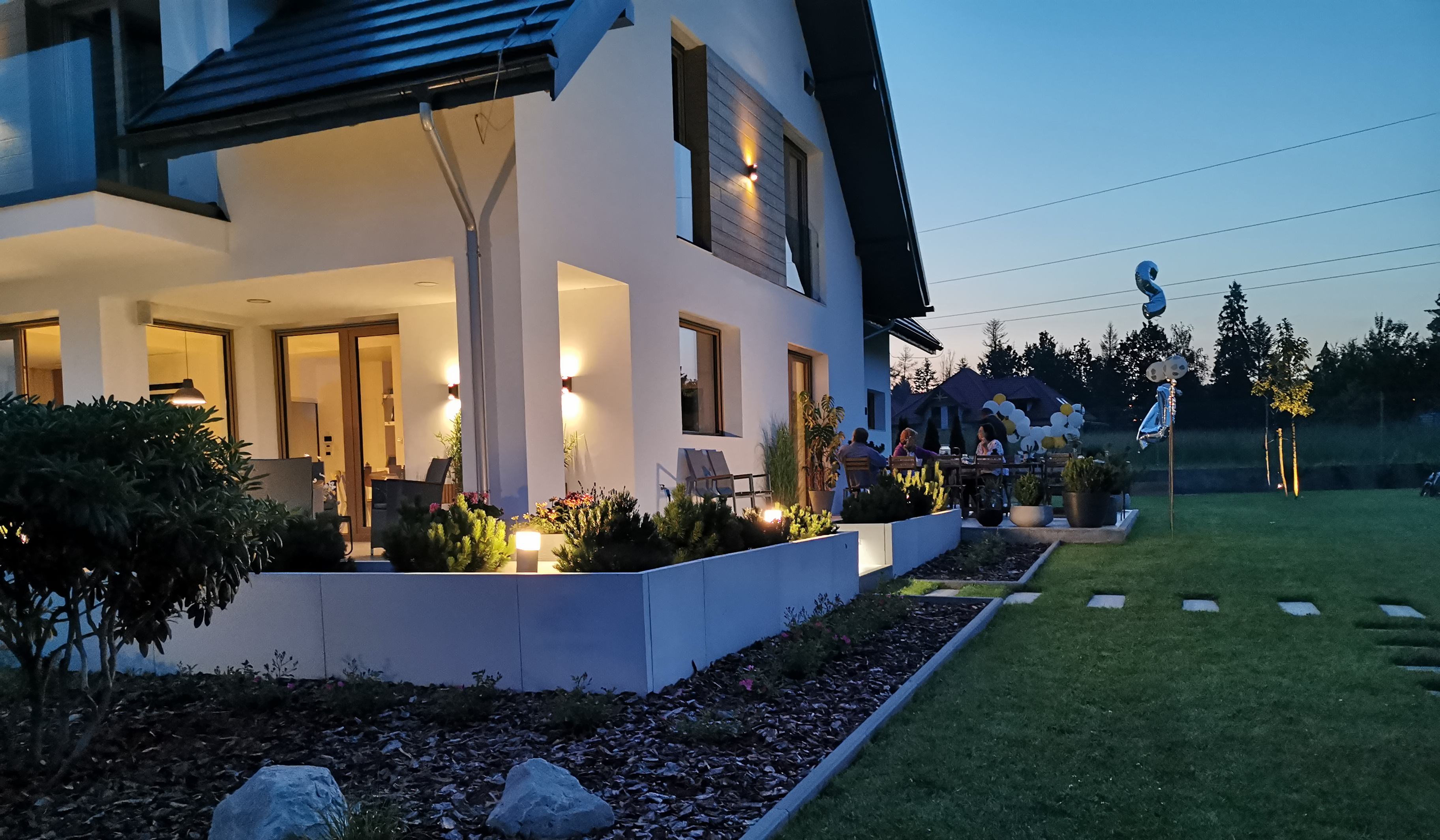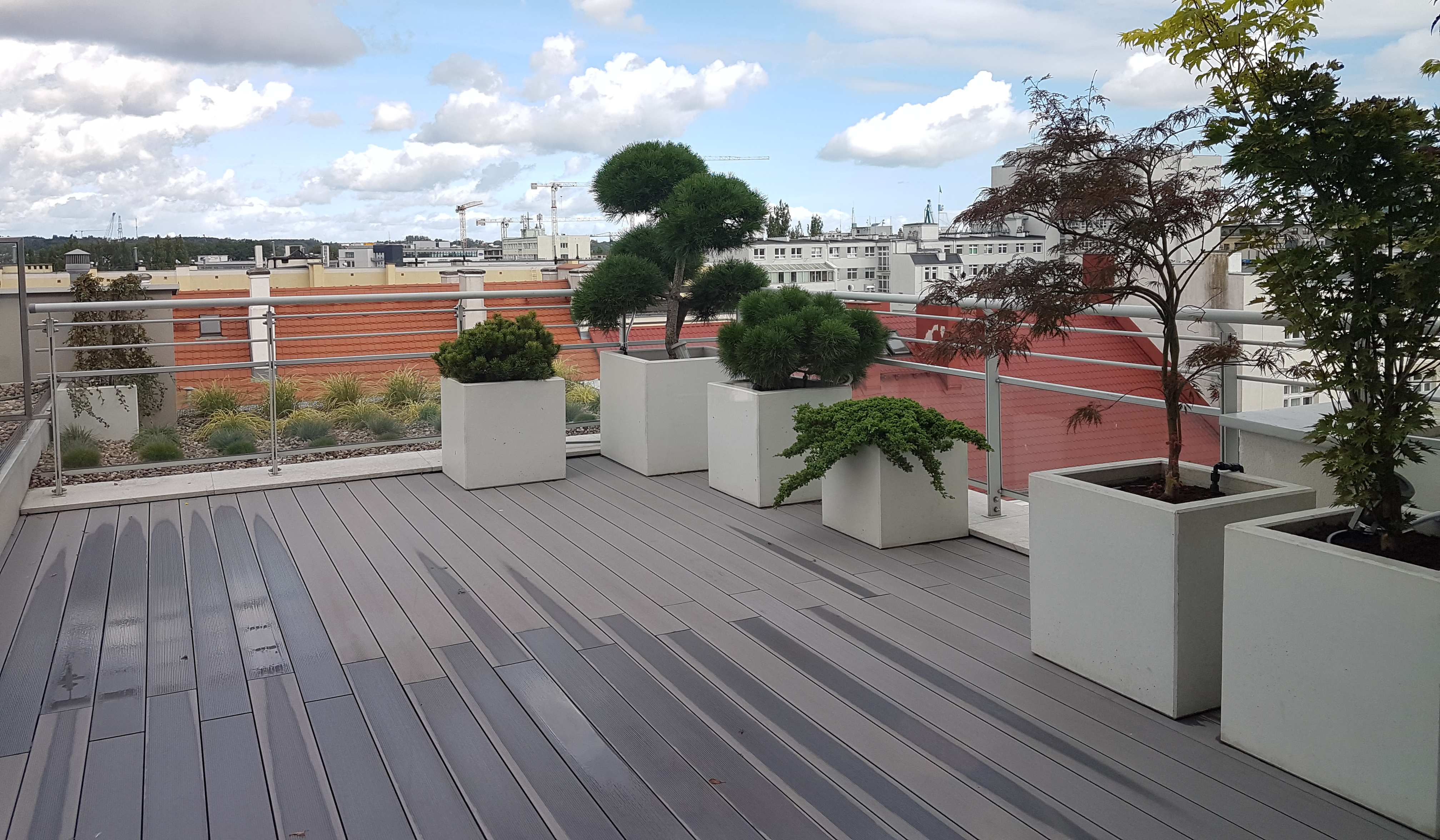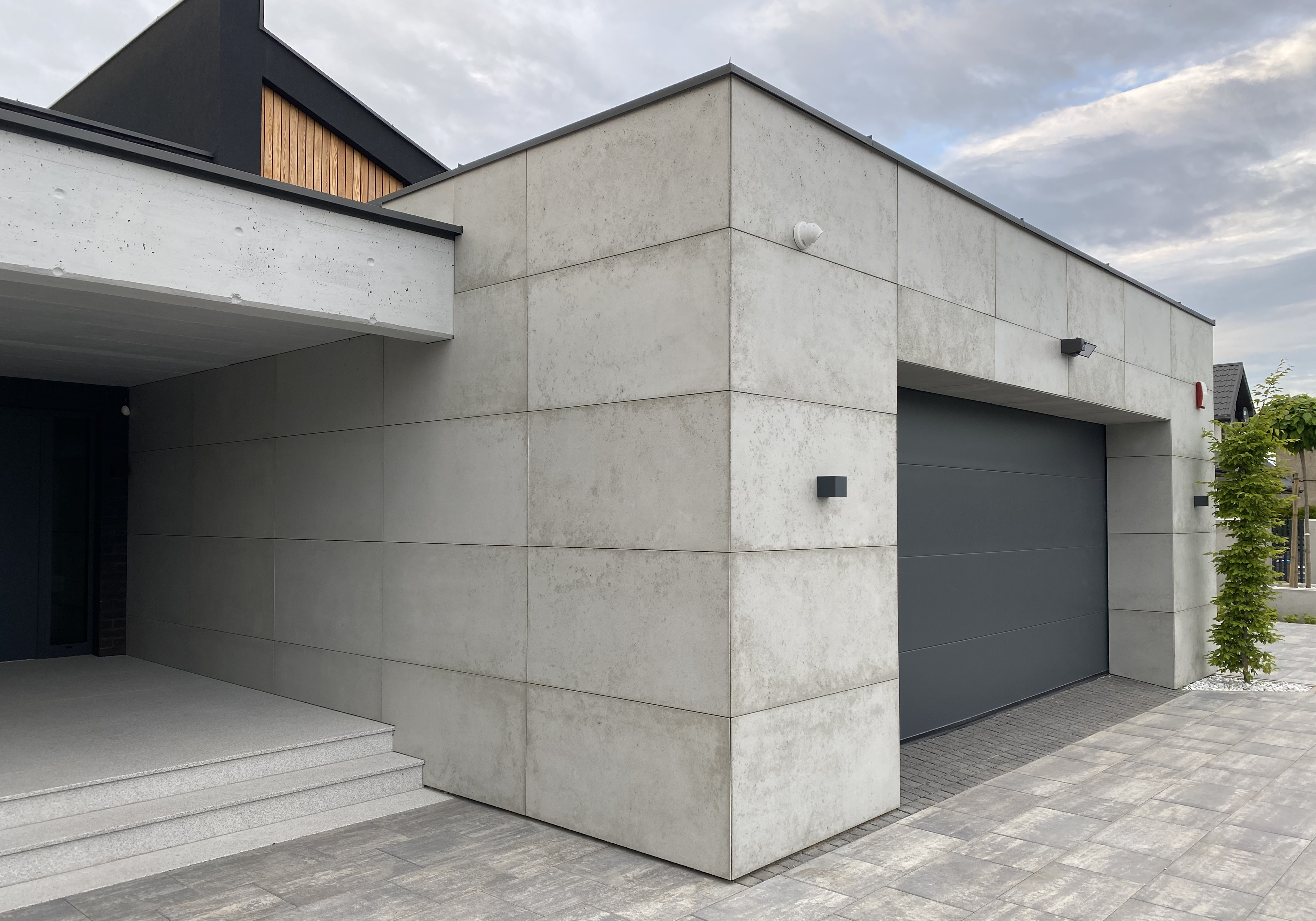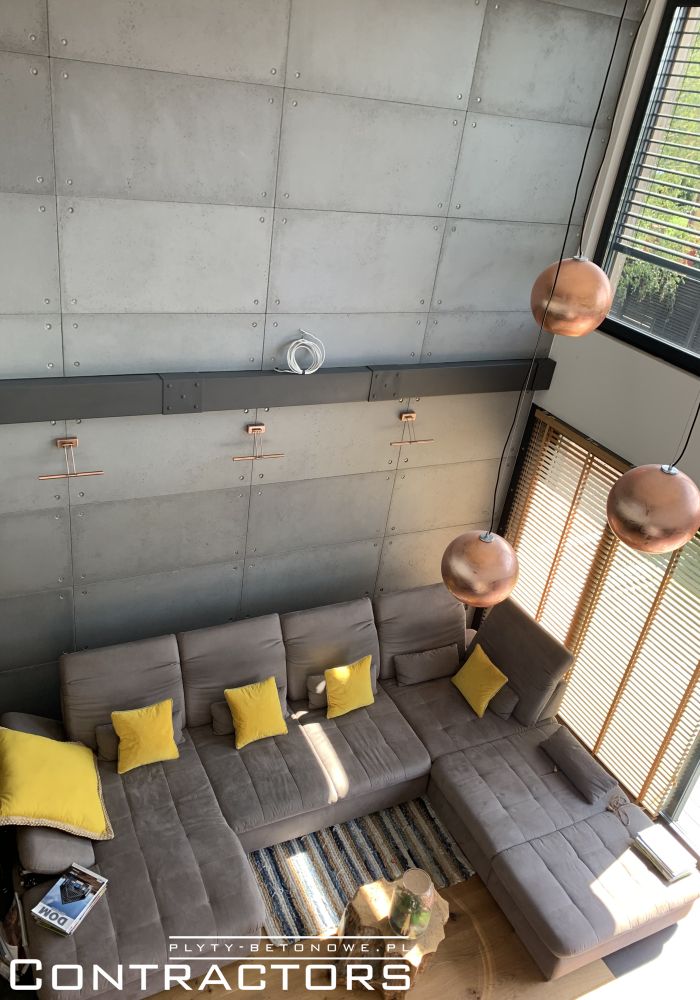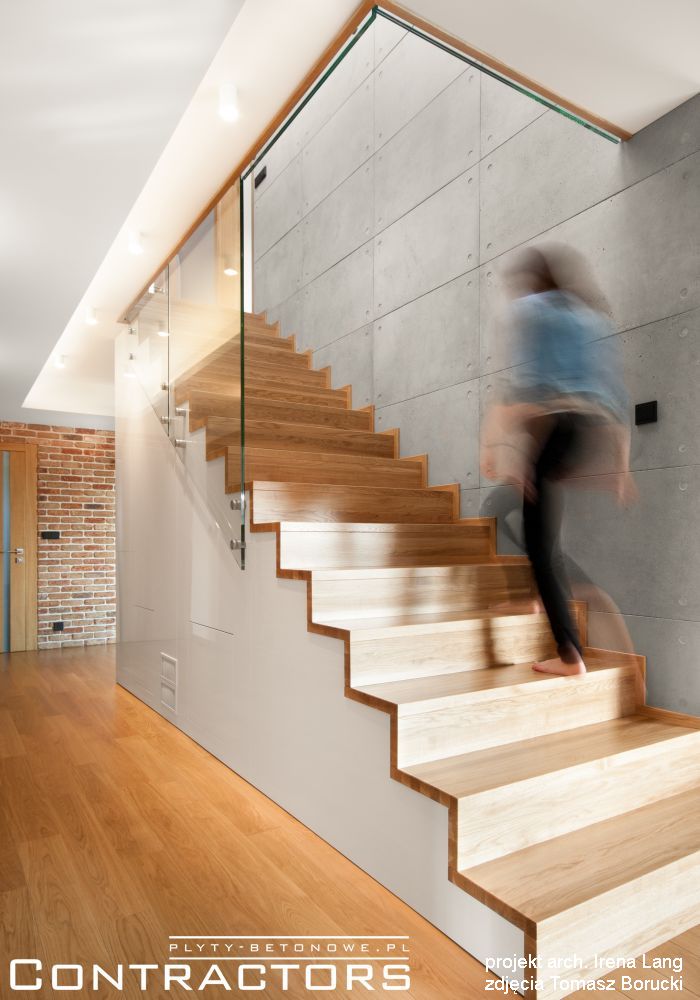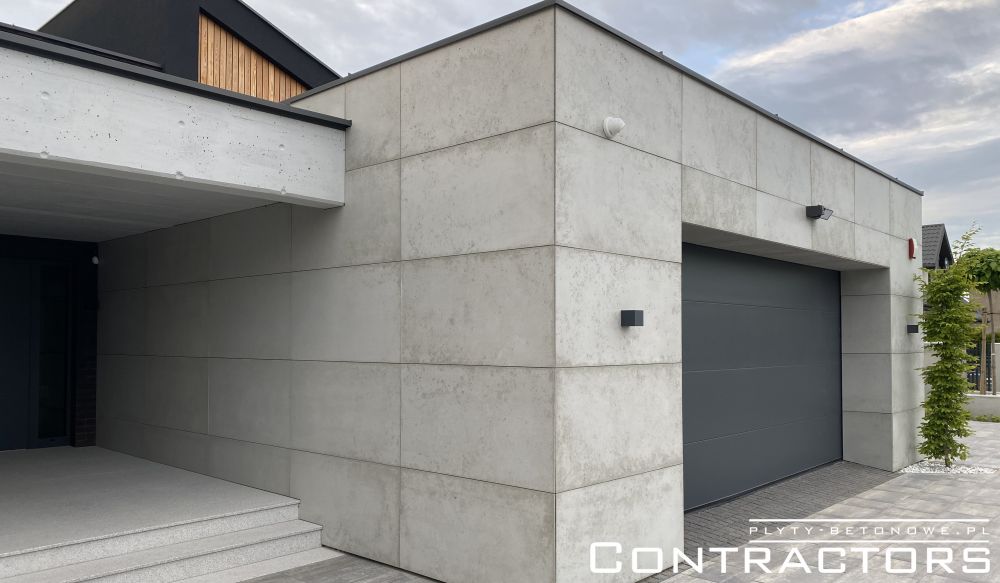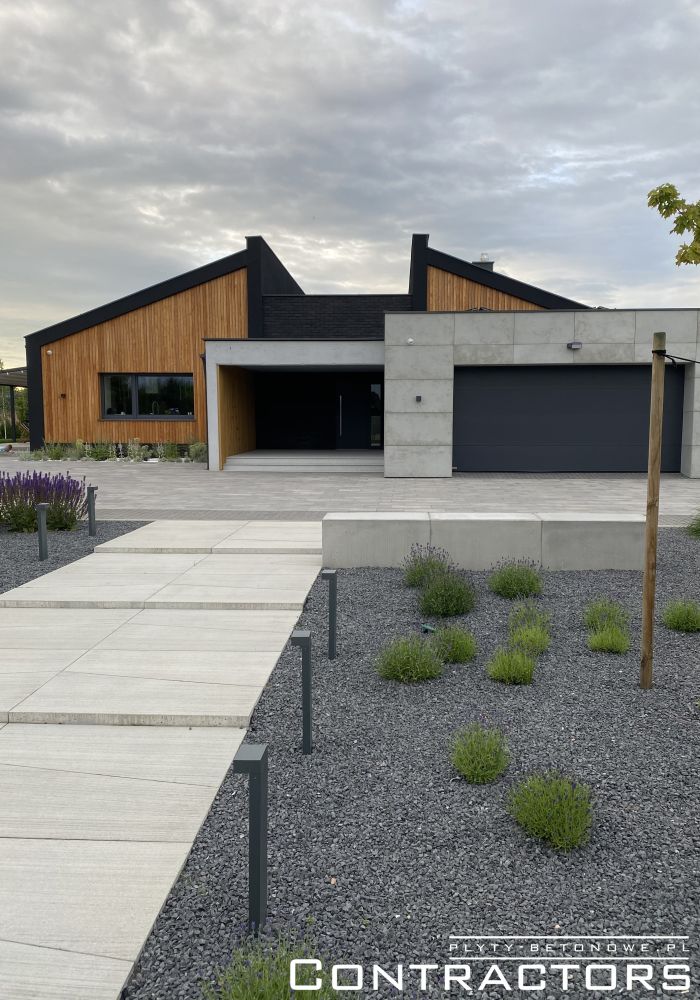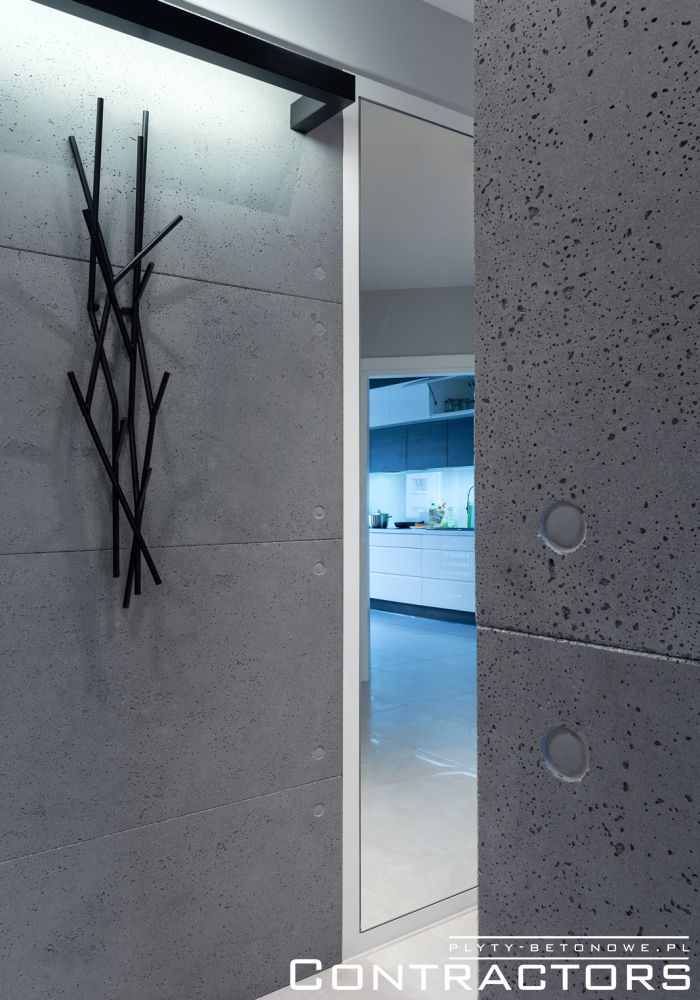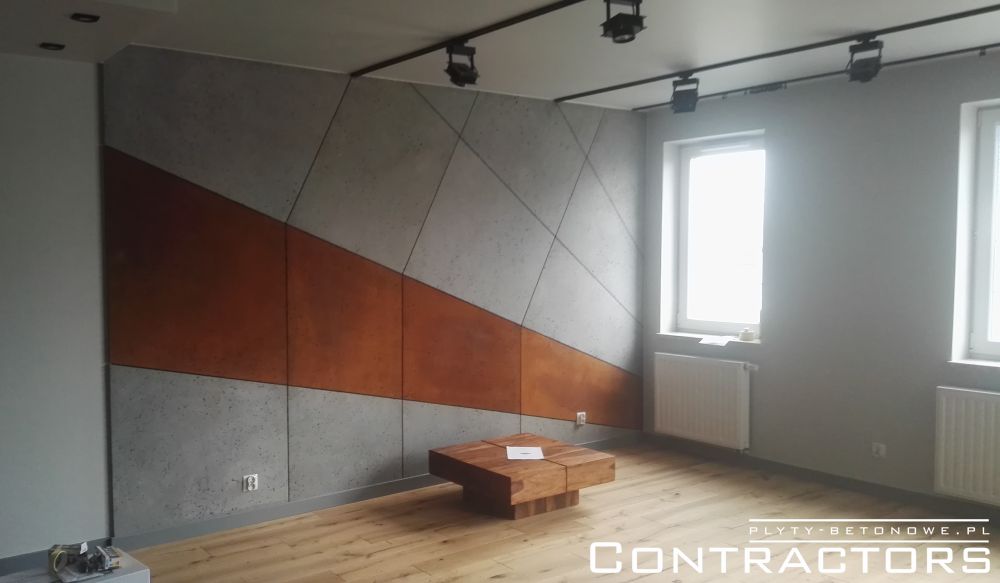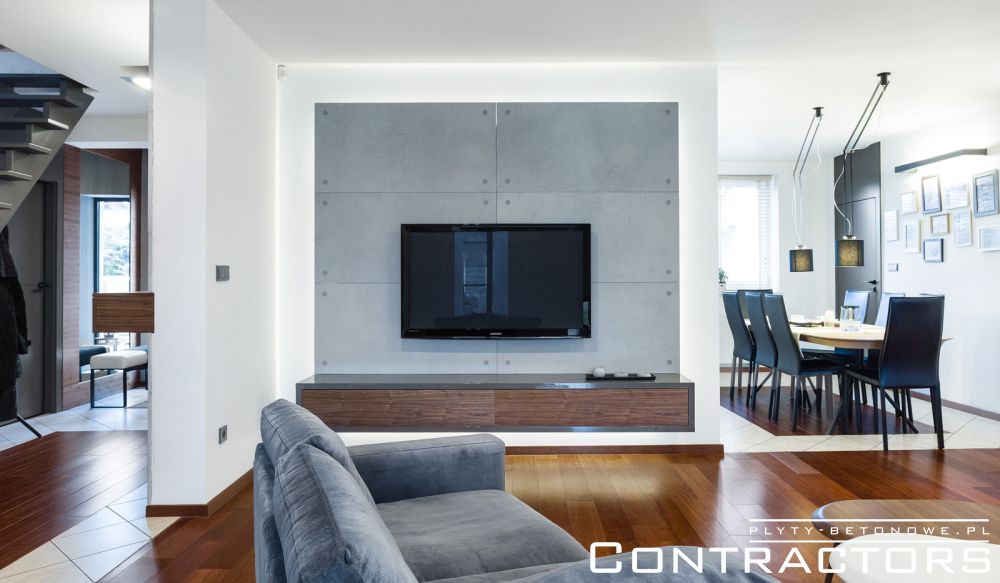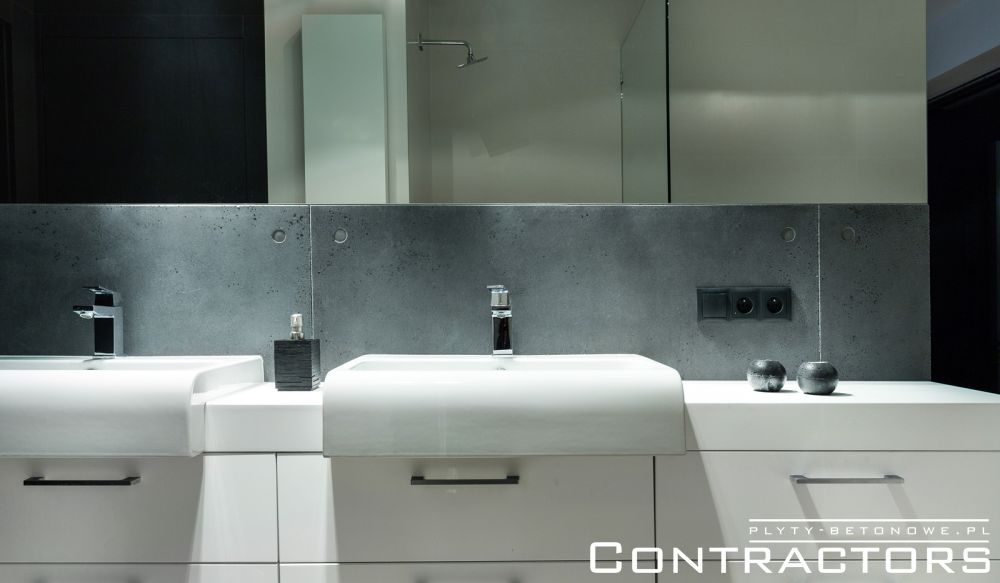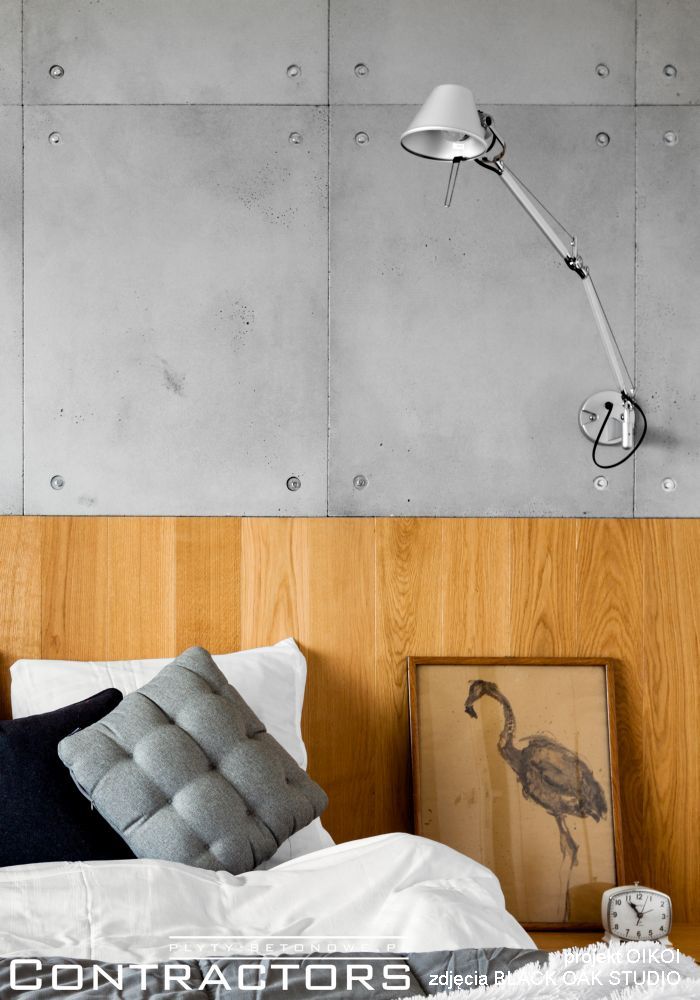How to clean architectural concrete
Countless ways to use architectural concrete in many design styles make this material appear indoors and outdoors in various incarnations – both in private and commercial applications. How to clean architectural concrete to preserve its aesthetics for as long as possible? Is it necessary to use additional impregnates when using concrete in the kitchen, bathroom or outdoors? What measures should be taken to avoid damaging the surface? Read below to find out!
Architectural concrete has boldly entered the living rooms, settled in our dining rooms, kitchens, bathrooms and bedrooms and become an inseparable element of raw industrial, minimalist and modern interiors of private houses. Architectural concrete appears in public buildings, such as hotels and restaurants, giving them a sophisticated and unusual look. Concrete panels are also a very practical material used on facades or fences. However, it owes its popularity not only to aesthetic values, although these undoubtedly come first among the supporters of this material. Equally important is the fact that architectural concrete – whether in the form of wall cladding or in other applications – e.g. as garden slabs, pots, seats or benches, is also trouble-free in operation, and above all very durable. A few simple treatments are enough to maintain the good appearance of concrete elements for a long time. How to clean architectural concrete so as not to damage the surface and extend its service life?
First of all, it is worth remembering that concrete is by its nature a very durable, abrasion-resistant and durable material, and additional protective treatments (such as impregnation) allow us to extend its life to an even greater extent. Due to the composite colours, charming, uneven colour distribution and pores and pitting of various sizes, the dirt on architectural concrete surfaces is less visible than on smooth, uniform surfaces like the ones that have been painted or plastered. At the same time, it is worth remembering that there are places in which architectural concrete should not be used. We advise against the use of concrete panels, e.g. in the shower or behind the hob. Apart from these difficult and intensively used spaces architectural concrete does not cause problems in maintenance, which does not mean, however, that care issues can be completely neglected. It is worth learning how to clean architectural concrete, because like every other object and interior finish element, it dusts and dirties. This type of dirt can be easily dealt with by vacuuming the concrete surfaces dry. If they become more dirty, we can clean architectural concrete by gently rinsing it with water with the addition of a mild detergent (e.g. dishwashing liquid). Do not use any rough tools that could damage its surface, it is not recommended to scrub concrete or use aggressive chemicals to clean it. A soft cloth and a small amount of water are best suited for cleaning architectural concrete but it is important to clean it immediately after major incidents such as coffee or tea spills to prevent staining.
Waterproof concrete
As a manufacturer, we offer architectural concrete products – this applies to elements used outdoors and intended for places with high humidity – already impregnated at the production stage. For this purpose, we use special resins that penetrate deep into the material and settle in it, creating an outer coating, thus limiting water absorption. Due to impregnation, the material is less exposed to changes caused by external exposure and weather conditions. Thanks to this, architectural concrete elements retain their appearance for a long time, and keeping them clean is even easier. There are also preparations on the market that allow for self-impregnation of concrete – however, it is worth performing a test before application to prevent discolouration.
Another way to protect architectural concrete is to cover it with an impregnate with a dye with a satin finish. It is similar to impregnation – it protects against water, external weather conditions, and also makes the concrete surface uniform and the colour more intense. This type of protection is used in concrete pots in the style called "dyed".
In order to effectively protect architectural concrete, we do not have to buy special tools and preparations. Simple, regular maintenance with the means available to us, applied with a spongy roller, makes this material very practical.
CONTRACTORS Borowy Wojciech
Bialka 202, 34-220 Maków Podhalanski
NIP: 552-143-96-81, REGON 121126279



